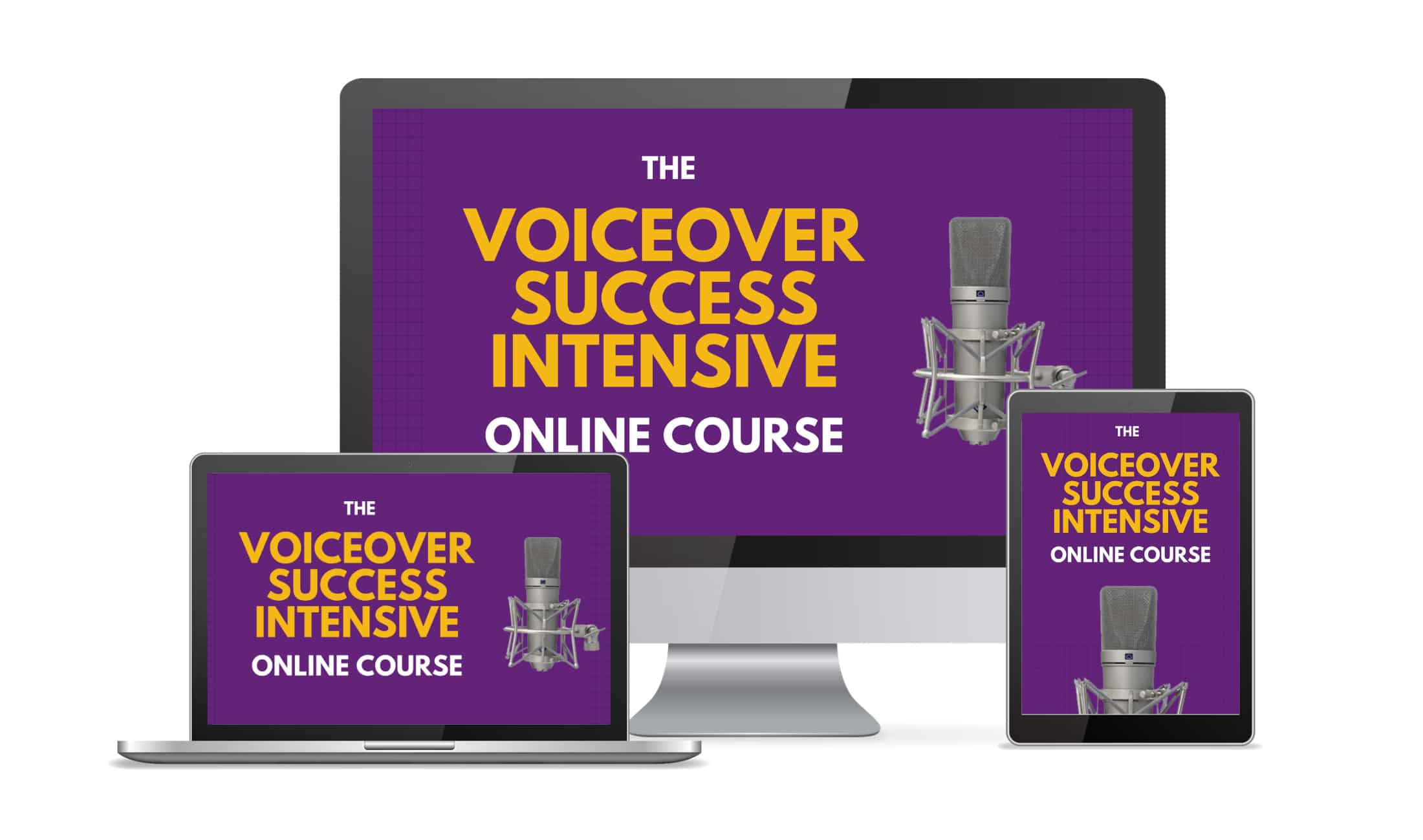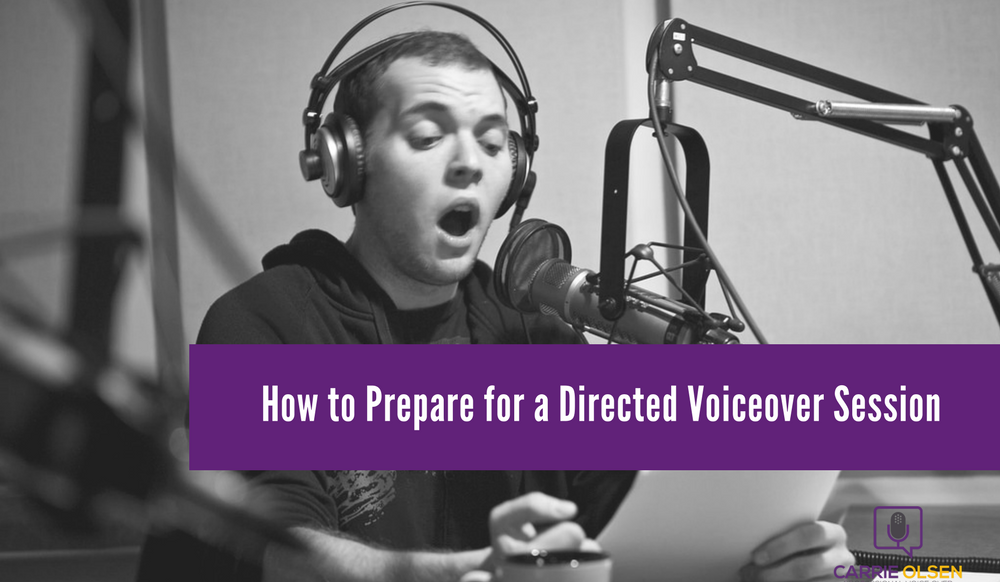
How to prepare for directed voice over session
If you are serious about doing voiceover for the long haul, there will come a point when a client would request a directed voiceover session -- which can be done either in a recording studio or at your home studio. In this post, I’m going to walk you through how to prepare for a directed voiceover session, how to do remote directed voiceover recording or a directed home studio voiceover session, and everything in between!
What is a directed home studio voiceover session?
A directed home studio voiceover session is when you are recording from your home studio, but you're being directed live by the client remotely.
Typically, when you get voiceover work—the client sends you the script and you record it and do your own direction at home on your own. This means that no one is there with you live giving you feedback, directions, or recommendations for your read. You’re on your own in making all of those decisions—you edit it and send it off to the client.
However, there are times when clients would want to be “there with you” while you are recording, so that they can give you direction during the session. This gives them a stronger grasp and handle on the creative direction of the spot that you’re recording.
Directed sessions are more common with campaigns like national TV and radio commercials. For these types of bookings, you may be getting paid especially well, maybe more than the typical explainer video that’s usually at a lower pay range. Bookings like these are important enough to the client that they want to be there and give you direction to make sure that the spot comes out exactly the way that they want it. They want to have real time input on the read, as well as benefit from your “on the spot creativity.”
How does a directed voiceover session happen?
A lot of times during a directed session, the client will say something like, “Just give me an A, B, and a C -- whatever feels right to you, go for it.” So when you get to that point, display your skill set as a voice actor. Display all of the skills that you have been honing through your training, and maybe through improv classes and acting classes. And give the client something awesome.
An Example of A Directed Voiceover Session
I'm here in Kansas City, I booked a job for a commercial, and the client is in Chicago. We would decide ahead of time how the connection is going to happen (which I’ll discuss more in detail later). And I'm in my studio, the client is in their studio, and through the magic of the internet, or ISDN, or however we decide to do our connection -- I'll be reading, and the client may actually be recording on their end in some cases. Now, through my headphones -- they’ll be with me, essentially on the other side of the glass giving me direction as I read.
If the client is recording on their end and they have an engineer with them, there are high chances that you’ll do less work. When you’re reading parts of the spot, at any point -- the client can request for his or her engineer to play that part back, which allows them to provide you feedback in real time. So you don't have to do so much back and forth with email and make edits.
Sometimes, they'll even fully construct the entire recording on the spot before the session is over. So there might be a situation where you do several takes, they're doing some playback, and they say, “Hang tight for a couple of minutes.”
The engineer goes, puts everything together, puts it behind music, and plays a full spot for the client before you hang up. And then they're able to say, “Okay, we're good. We got the spot. You can disconnect now.” This makes the job really easy for you because once you hang up, you're done! There's no more editing, recording, delivery, or anything like that that you have to do on your end as the voice talent.
Nonetheless, even when the client is recording on their end, it is wise to record on your end as a backup if you can.
Now, if it's the type of job where the client wants you to record on your end, usually there’s still less work involved for you than if you were to get a typical job where you're doing all of the recording and editing on your end. This is because a lot of the times, when you're doing a directed session -- the client will still just want you to deliver the raw session or maybe individual takes, as opposed to going through and fully editing the spots before you send them.
Available Connection Options When Doing Directed Voice Over Session From Home
1
Phone Patch
This is fairly common—you literally just get on the phone with the director, record your audio, receive feedback, re-do it, and once they are satisfied you are done. While it can be a convenient way to connect, the resulting quality of the voice over record is not as good.
PROS
CONS
2
Skype
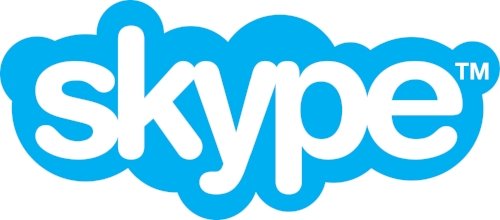
Even though Skype is a common tool that allows you to speak to someone anywhere in the world over the Internet and it is decent quality for voiceover, Skype isn't going to deliver a high enough quality for any recording that’s intended to be used for TV or radio spots. Skype wasn’t built for recording broadcast media. So while technically that would work, that's not usually what you are going to be using for this type of recording session.
PROS
CONS
3
What is ISDN for Voiceover?
ISDN stands for “Integrated Services Digital Network”. It is very much like an advanced phone line that transmits studio-quality audio from one studio to another. This can be achieved by having ISDN-equipped studios at both the voice talent's location and the director's. As such, you need to have lines installed in your house (kind of like phone lines).
How much does ISDN cost?
ISDN costs can get pricey. You can easily spend several hundred dollars an hour for use of ISDN gear and you probably would have to hire and go to a studio equipped with ISDN to do your recording. Take note that it has been around for many years and fortunately, there is new technology that you can use from home that replaces ISDN that we will discuss below.
You might ask, "If ISDN produces higher quality, why do we need to resort to alternatives?" It’s because ISDN is really old technology, and again -- it does require you to have those lines installed in your house.
“But, maybe I can just opt for the other connection choices then—like phone patch?” A lot of times, a phone patch is not an option for a client. If you've been in the business for a while, you know that ISDN is still pretty popular. It's still the standard for a lot of different types of voiceover work. But ISDN requires a lot more set up and maintenance, and it's not terribly cheap. Whereas the alternatives only require a web browser most of the time. Now if you are a new voice actor or if you're doing mostly explainer videos and maybe you're not represented by an agency, you probably don't need to worry about ISDN or bridging it. You're probably not going to get enough requests for it to be worth it to you to actually invest in getting that technology readily available for you. But, just know that—in a pinch, if you do need it—you can bridge with ipDTL.
PROS
CONS
ipDTL VS. SOURCE-CONNECT
4
ipDTL for Voiceover
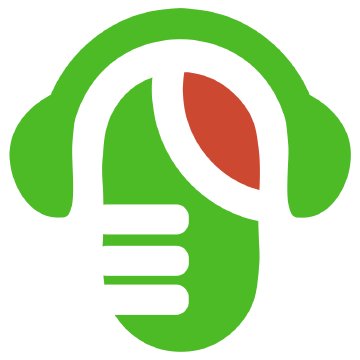
ipDTL -- which stands for IP Down The Line, is my favorite. ipDTL is an IP codec running in a web browser and is used to connect studios.
To use it, you would go to ipdtl.com, click “Get ipDTL”, and from there you can choose a subscription. They range from $30 a month to $70 a month, or you could do a $15-day pass.
It tells you everything that you need right there. Basically, just an internet connection, your web browser, and the way to record (whether that's a USB microphone or an interface to your XLR microphone). From there, if you need help actually figuring out how to make it work, there are facts there on the web page, as well as support. There’s also an ipDTL Facebook users’ group that they link to on their website as well, where you could jump into for community support.
How much does ipDTL cost?
ipDTL costs range from $30 a month to $70 a month, or you could do a $15-day pass. Monthly and annual subscriptions are available. At the time of this article was written (October 2020), prices for ipDTL cost around $80 per year for a starter mono subscription, $160 for the high-end stereo audio, and $250 for the video subscription. Pricing estimates depend on the setup you require. Visit the ipDTL website for a cost estimate.
While the price point for ipDTL is reasonable, the main setback is the current lack of clients using it as a form of connecting to voice actors for a live recording.
PROS
CONS
5
What is Source-Connect?
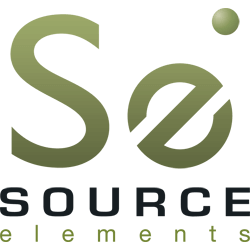
Source-Connect is different in that you can do a monthly subscription, but you could also just buy the software and download it onto your computer. Compared to ipDTL which is web-based, Source-Connect is actual software that you download onto your machine. If you want a browser-based version of Source-Connect, that’s where Source-Connect Now comes in.
Source Connect is considered to be the new ISDN for many audio producers. It allows you to connect studio-to-studio remotely, like ISDN, but instead of channeling the audio through phone lines, the audio is routed through Source Connect’s network which is accessed via the Internet. Each party must have the Source Connect software installed on their computer. Connecting is made simple via a dashboard within the software. The sound quality is pristine and the technology rarely fails, making Source Connect a great alternative to ISDN.
PROS
CONS
When you join the #voiceoverbigleagues, you're definitely going to want to know how to prep for a directed voiceover session!
How to Do a Directed Home Studio Voiceover Session via Phone Patch
Now, in situations when a client prefers a phone patch, how is it actually done? There’s a technical way of doing it and some equipment is required, but these days most of the time, you just need your cell phone, your earbuds, and your voiceover recording tools.
How it works is you're going to be on your cell phone with the client (either you call the client or the client calls you), and through your earbuds, you’ll be able to hear the client’s directions as you’re reading. So you’ll record on your end using your own tools, and at the end of the session -- you would just send the recorded files to the client. Pretty simple, right?
Tips for doing a phone patch connection
- 1Make sure that your phone is in silent mode and that your notifications are turned off. You don't want any type of weird interruptions -- text messages, FaceTime calls, etc.
- 2Make sure that you’re recording is as free of glitches as possible. This requires that you close down any program that you don't need open and that you make sure that you test before you jump on your call. The last thing you want to do is hit record and then realize right then that your systems aren’t working, so test them beforehand so that when you get on with a client, there aren't any unexpected surprises.
- 3Have a backup software. Personally, I have Twisted Wave and Audacity on my computer. Both of these are recording software. Twisted Wave is Mac-only, but Audacity works cross-platform. I like having a backup system, so that if one of them is acting up, I can just open the other, and hopefully at least one of them is working for me.
What should you do if the client requests for ipDTL, Source-Connect, or Source-Connect Now connection?
First thing is to not get intimidated by that if you've never done a directed session before. You got this. It’s not rocket science!
The key is to test it out on your own before your schedule directed voiceover session. Don't make your first experience or your first interaction with ipDTL, Source-Connect, or Source-Connect Now right when you're trying to record live with your client.
Related articles:
How to do voice over work part time
Voice over equipment and resource guide
Tips for doing a directed voiceover session (regardless of what connection you use)
- 1Close all browsers and programs that you're not using.
- 2Make sure that you have a great internet connection. I recommend being hardwired as it is more stable.
- 3Use the Chrome browser for best performance.
- 4When things don’t go as planned, own up to it and do your best to fix it.
Let's say you did a phone patch with your cell phone. You're done recording using your own local machine, and you realize there are some really loud spikes that you didn't notice during the session -- maybe you got too close to your microphone or you didn't adjust your gain properly, so the audio’s a little bit distorted. Man, the first thing you're going to want to do is see if you can fix it on your own, but if not and even if you can, you want to own up to it. Let your client know. If it's a job you got through an agent, let your agent know. If recording somehow gets destroyed or otherwise compromised, you just let them know. It's going to be uncomfortable, but the sooner you let them know, the sooner you can work to correct it -- whether that's through creating another session or something like that. It's not going to be fun, but when working with technology, things happen. It's not fun to deal with, but people understand.
So those are the basic things to keep in mind when you book a directed session. You have to be prepared. You should be familiar with whatever technology it is that you're going to be using. Know your options as far as the technology options that are available. Come prepared to the session, and have fun!
Get support for your directed voiceover sessions!
Recording directed voiceover sessions can be overwhelming and scary at first. That's why we talk about it inside my membership course The Voiceover Success Intensive. It's a community that holds monthly Q&As and hot seat sessions and provides a course on how to start and sustain your voiceover business.
You'll spend enough time alone in your voiceover booth (or closet!) when you're recording. For all the other stuff, take advantage of a community of other voice actors on the same journey you're on.

